Fantasy lovers may be disappointed with Netflix’s recent release of “Fate: The Winx Saga.”
The six-episode season follows the adventures of five adolescent fairies attending a magical academy where they hone their abilities with several elements: water, fire, earth, light, and the mind. The group bonds over their collective struggle as they learn of a threat that faces the school, “Burned Ones,”— evil magical creatures that cut and deliver fatal poison to their victims.
The fairies soon learn that the Burned Ones are after one particular member of their friend group, a fire fairy named Bloom who had been living in the human world before realizing her magical capabilities. Throughout the season, Bloom seeks to understand her fairy lineage while learning to control her fire-wielding powers.
The series is a darker adaptation of the 2004 Nickelodeon cartoon “Winx Club,” and caters to a more mature audience, with prevalent featurings of drug use, violence, and physical intimacy between characters, earning the show a rating of TV-MA. The show seems to rely on these elements more heavily than the real conflict, which distracts from the plot.
Of course, this wouldn’t be the first time we’ve seen beloved cartoons find their live-action screen time twisted into a more mature and darker adaptation. Fans of “Riverdale” know that the show found some of its success because of its reimagining of the popular “Archie” comics. “Fate: The Winx Saga” appears to follow suit, with many parallel themes to those found in “Riverdale.”
In terms of character development, Bloom is particularly reckless, making her difficult to sympathize with. Each character has their own personal conflict, whether dealing with a romantic relationship or a family issue, and the five separate narratives become overwhelming by the end of the show and are relatively insignificant to the central plot.
The series plays around with CGI in later episodes as Bloom begins to use her fire magic more often. Unfortunately, the special effects are not cleanly executed and result in a silly, overdramatized performance. Combat scenes were also disappointing, focusing more on dramatic violence than captivating performance.
The story of an ordinary, human character abruptly thrust into a magical realm is a direct parallel to the foundational plot of the beloved “Harry Potter” series. Happenings in the magical realm become increasingly dangerous at the arrival of the hero figure, Bloom, who coincidentally gets involved with every drama that is introduced over the course of the plot.
The conflict of the show also seems to take after themes that James Dashner uses in his Maze Runner series. The ‘Burned Ones’ bear a striking resemblance to Dashner’s ‘Grievers,’ who coincidentally also kill their victims with a venomous sting that leaves a wound with creeping black lines on the skin.
If you enjoy “Riverdale,” the “Harry Potter” series, or “The Maze Runner” series, elements in “Fate: The Winx Saga” will seem familiar— maybe too familiar. The plot is generally overworked and does not add much original content to the fantasy-drama film genre.
The show does offer some intriguing plot points (although they have been seen before in other popular series and films). However, the series itself does not live up to its full potential. The show may have found more success in focusing on the central conflict and individual character development rather than petty teenage drama. “Fate: The Winx Saga” satisfies the desire for a quick, casual binge, but is not necessarily thought-provoking or suspenseful.
“Fate: The Winx Saga” Season 1 is streaming now on Netflix.
Featured Image courtesy of CatPats via Flickr Creative Commons
















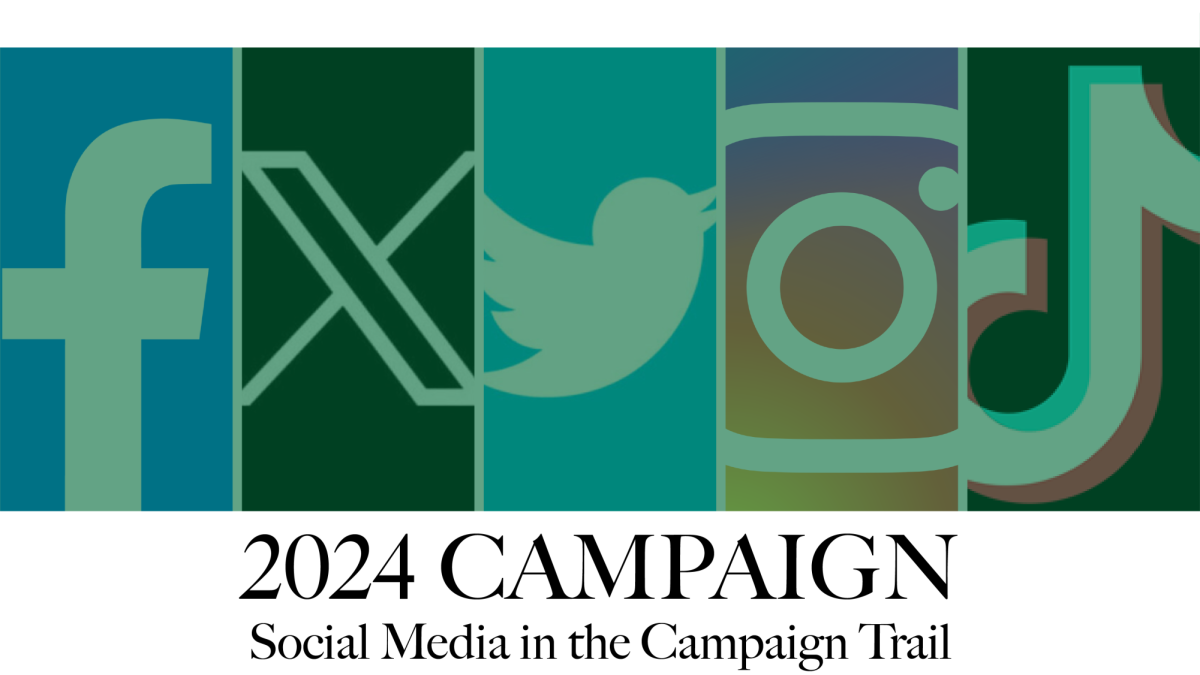
















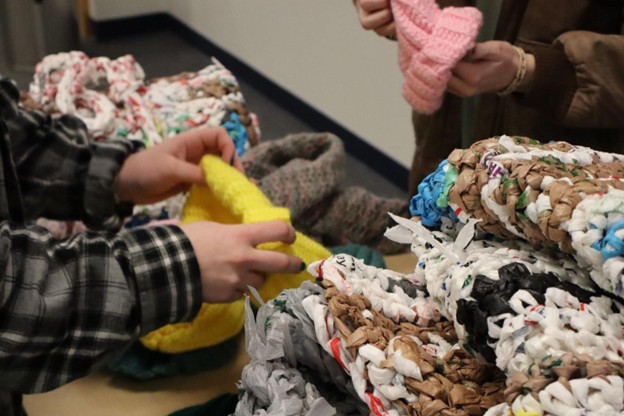




















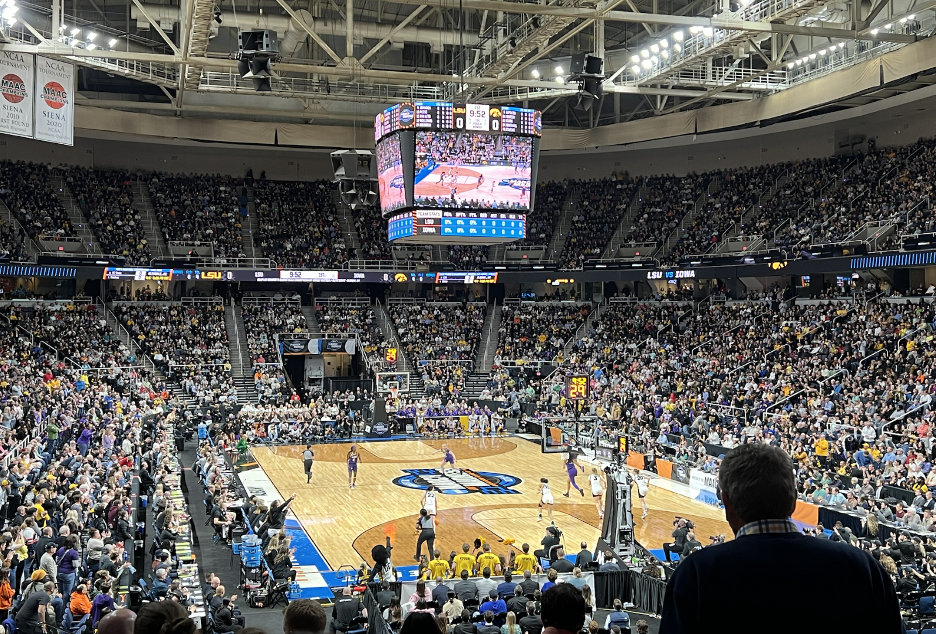





















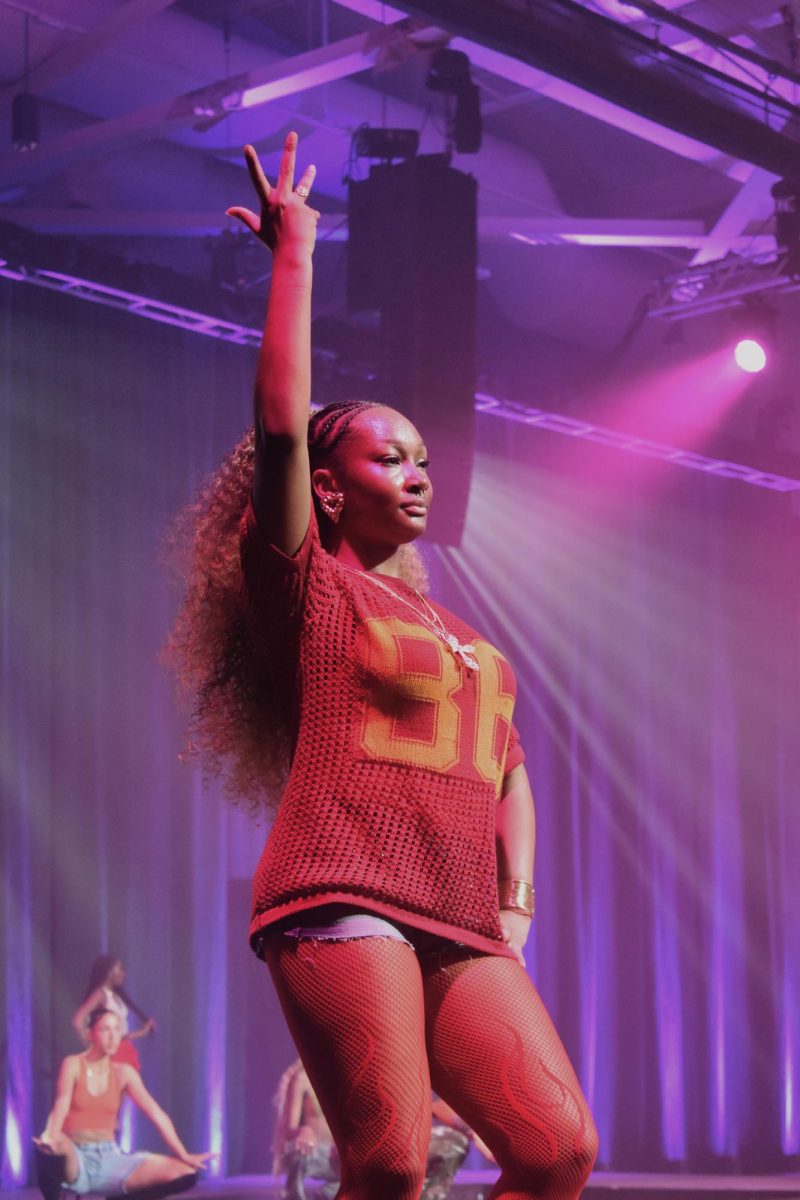





















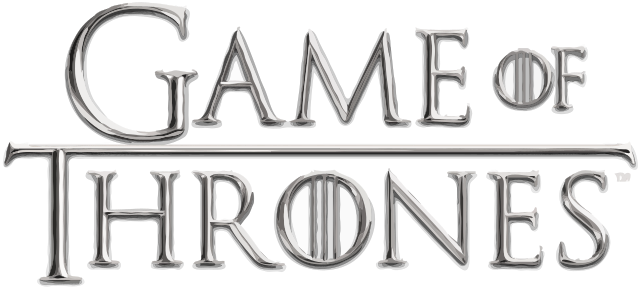






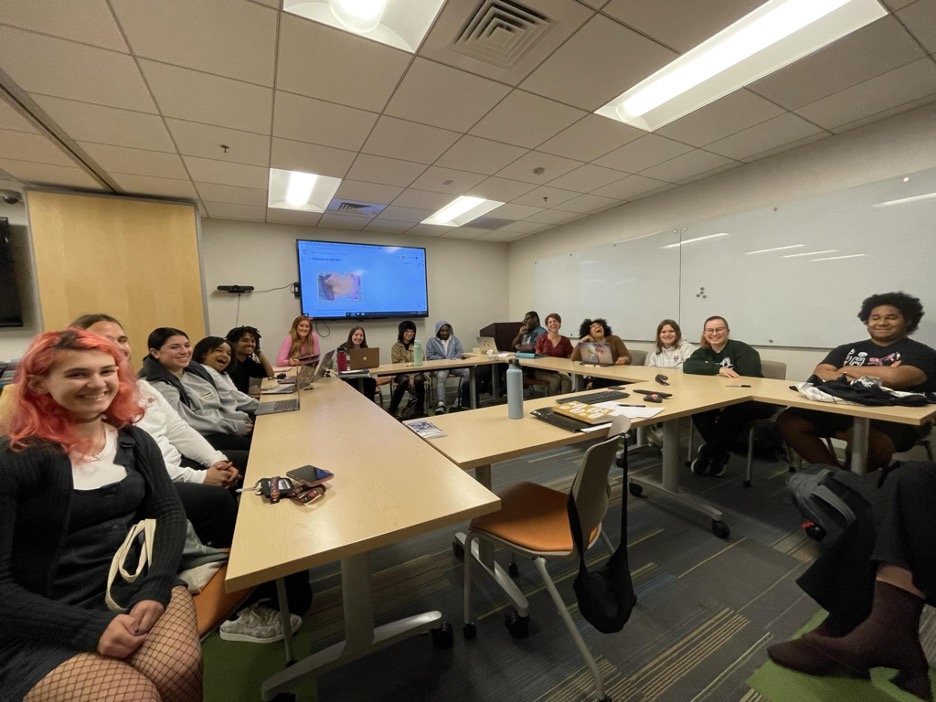










Anonymous • Feb 13, 2021 at 11:16 am
5